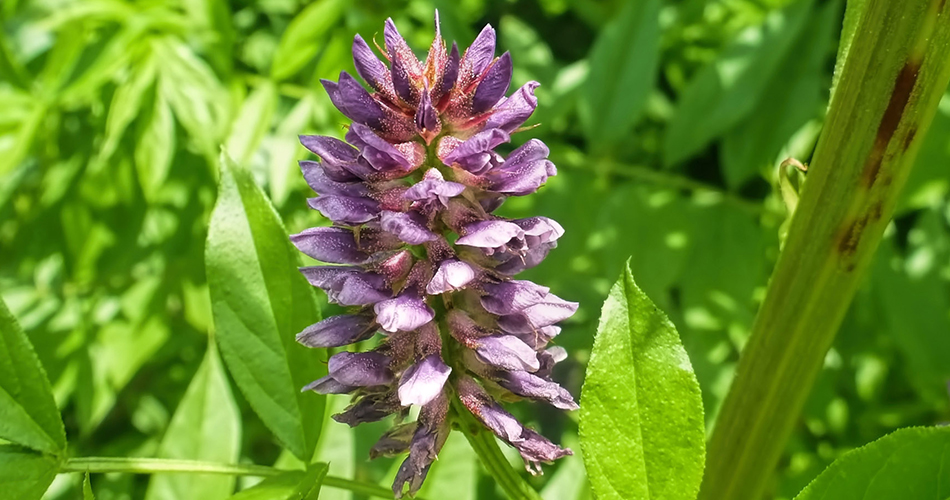Licorice, a well-known flavor, is a product of the long, sweet root of a plant of the pea family. The plant, called common or Spanish licorice, is a perennial. It grows three to five feet tall, with pale blue, pea like flowers, and leaves of 9 to 17 leaflets.
A native of southern Europe and western Asia, the plant is cultivated in Italy, Spain, and the Russia. The United States imports large quantities of licorice, although some is grown in Louisiana and California.
Roots are dug when the plants are three years old. When harvested they are full of water and must be dried for six months to a year. The dried roots are then cut or sawed into pieces six inches to a foot long, sorted, and baled. The United States imports most of its licorice supply in this form.
To prepare licorice the roots are crushed and boiled, and the remaining liquid is evaporated. This leaves a paste or black stick licorice. These licorice sticks are made from the paste mixed with a little starch so they will not melt in warm weather.
The prepared licorice is used in medicines as a cough remedy, as a laxative, and to make some medicines taste better. As a flavoring, it is used in candy, chewing gum, and beverages.


Be First to Comment